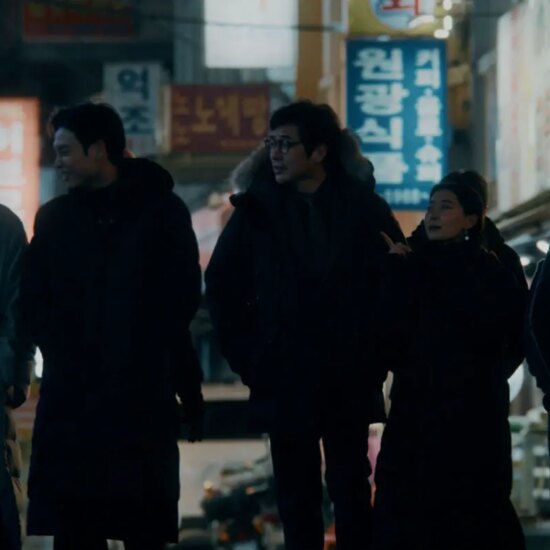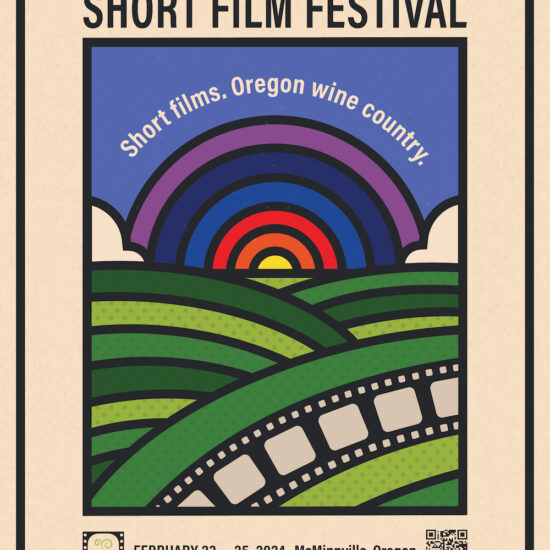
Doolin, Ireland, has long been a gathering place for musicians. It is a literal tidal pool of Traditional Irish Music. Lila Schmitz’s documentary The Job of Songs explores the modern-day purveyors of the verbal histories handed down through music over hundreds of years. The village itself stands at the edge of this world… scoured by the brisk and wild Atlantic ocean on one side and bounded by the daunting Cliffs of Moher on the other. From Doolin, one looks out West to the Aran Islands and the endless ocean. Ireland is a small island, 70 miles East to West and 300 miles North to South. Yet it has contained within its borders millennia of people born and dying. During the history of Ireland, there was always something someone else wanted to exploit, and they took by violence, all the way back to the Vikings. The British considered Irland to be a priest-infested backwater and forbade the speaking of the Irish language. The history of the culture nearly died with the language had it not been for the music.
The Job of Songs follows several Irish musicians on their various roads to Doolin. Some of them are young, and others are quite old. The way of the music remains the same. They meet in a public house and invite musicians to join in the sessions. Sometimes a sing-song, but most of the time featuring uilleann pipes (a sort of bagpipe played at the elbow), fiddles, guitars, and the distinctive Irish drum called a bodhran. These instruments are all portable and can be carried on one’s person… which is a crucial feature.
Driving down to Doolin from Galway, one passes through markers of Ireland’s deep history. From the emerald fields outside of Galway to the rugged, stony terrain of the Burren, down to the seaside. This landscape could feel hostile, wind-blasted, cold, and forbidding until one enters the pub. A warm fire blazes in the hearth, and beautiful food is served, usually a stew, shepherd’s pie, or fish & chips. Two of Ireland’s most famous contributions to the world will be at hand here as well: Guinness beer and whiskey.
“…the Irish call this ‘pulling the piss‘…”
Schmitz touches on the depression that the heavy cloud cover over the island can bring. It often rains, and the winter daylight is gone by late afternoon. This environment of soft light and soft rain gave rise to the pub culture, where warmth and convivial company can always be found. Singer Katey Theasby talks about her early days of performing in pubs. She has sobered up since then, but she did drink in the pubs when she began.
The filmmakers, including Schmitz, were not raised in Ireland and should have included some native Irish people in their crew because they’ve missed some points in the film. The dark, wry Irish humor is sometimes taken more seriously than it should be. The Irish call this “pulling the piss,” and they fished in Schmitz with some of the more morose answers and comments. That said, it is true that the Cliffs of Moher are a popular place to jump. Still, the overarching cultural vibe of Ireland is one of good cheer.
The slight tonal missteps aside, Schmitz does feature some of the most amazing musicians playing Irish music, including Luka Bloom, Kate Theasby, The Fiddle Case, Christy McNamara, Ann Rhyne, Yvonne Casey, JB Samziun, and Charles Monod. The music alone is a compelling enough reason to enjoy the film.
Schmitz explains her spark for wanting to make the film in her director’s statement: “The Job of Songs was born of a feeling. When I traveled to Ireland for the first time, chasing my ancestral roots, I stepped into a session in Doolin, County Clare, and the feeling overwhelmed me. I could not describe it in words, yet there was something so important and gripping in those moments spent in the pub. The community. The history. The music. It did not leave me. I wanted to capture this feeling the best way I know how – and so this film came into being.” Despite the crush of tourists in the sleepy oceanside village, that sense of history and continuity still pervades in the music and on the faces of everyone who experiences it. All artifice fades away in the authenticity of the moment.
It turns out that what we need these songs for is to preserve a culture nearly wiped from the face of the Earth by 800 years of British oppression. The Job of Songs makes this clear.














